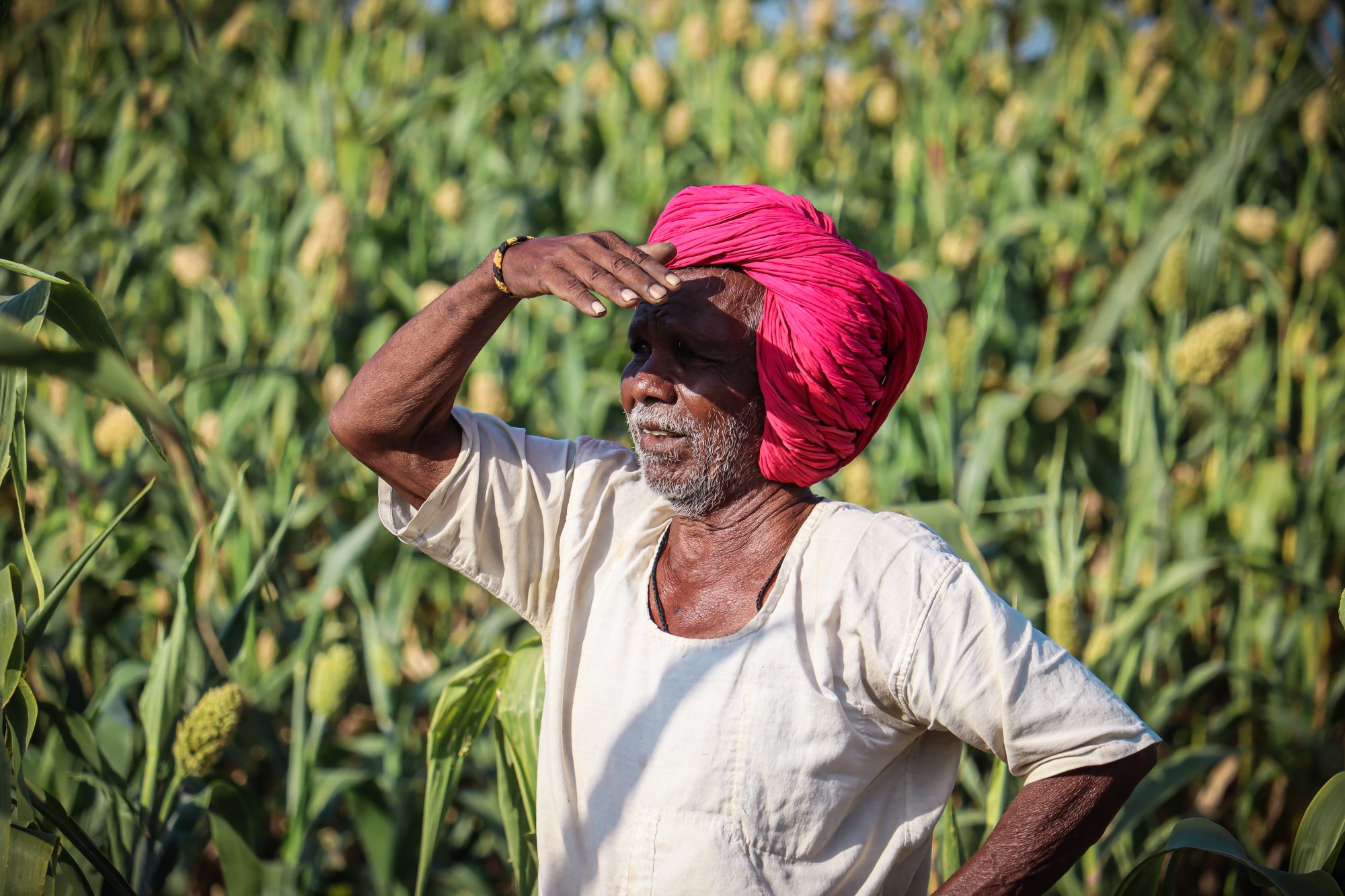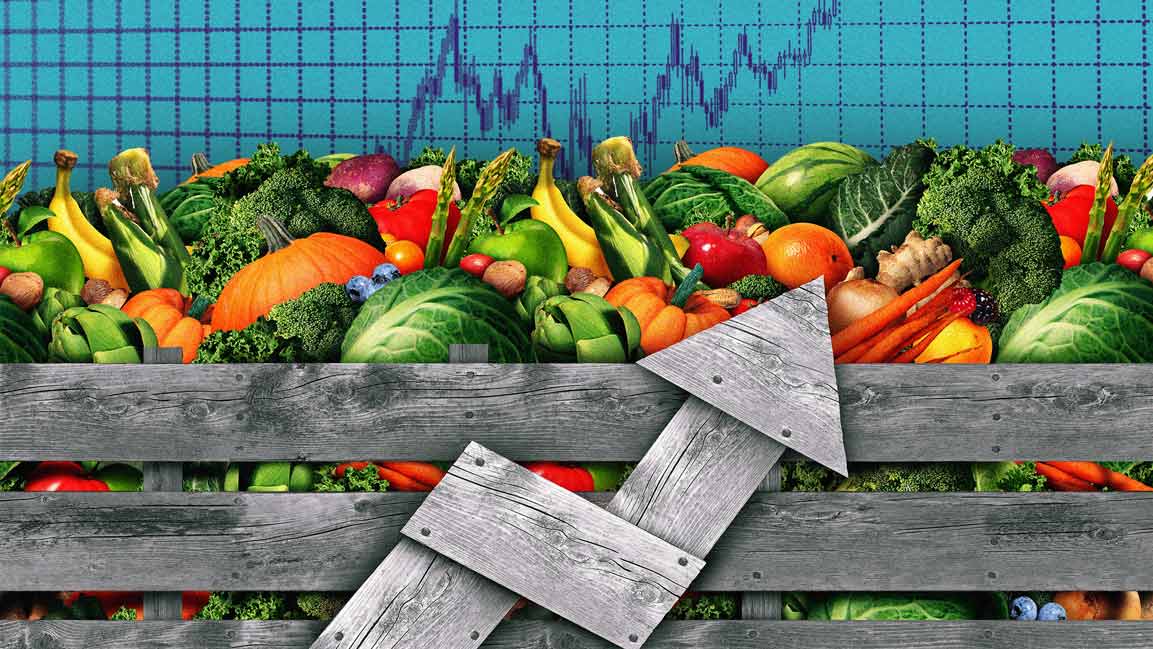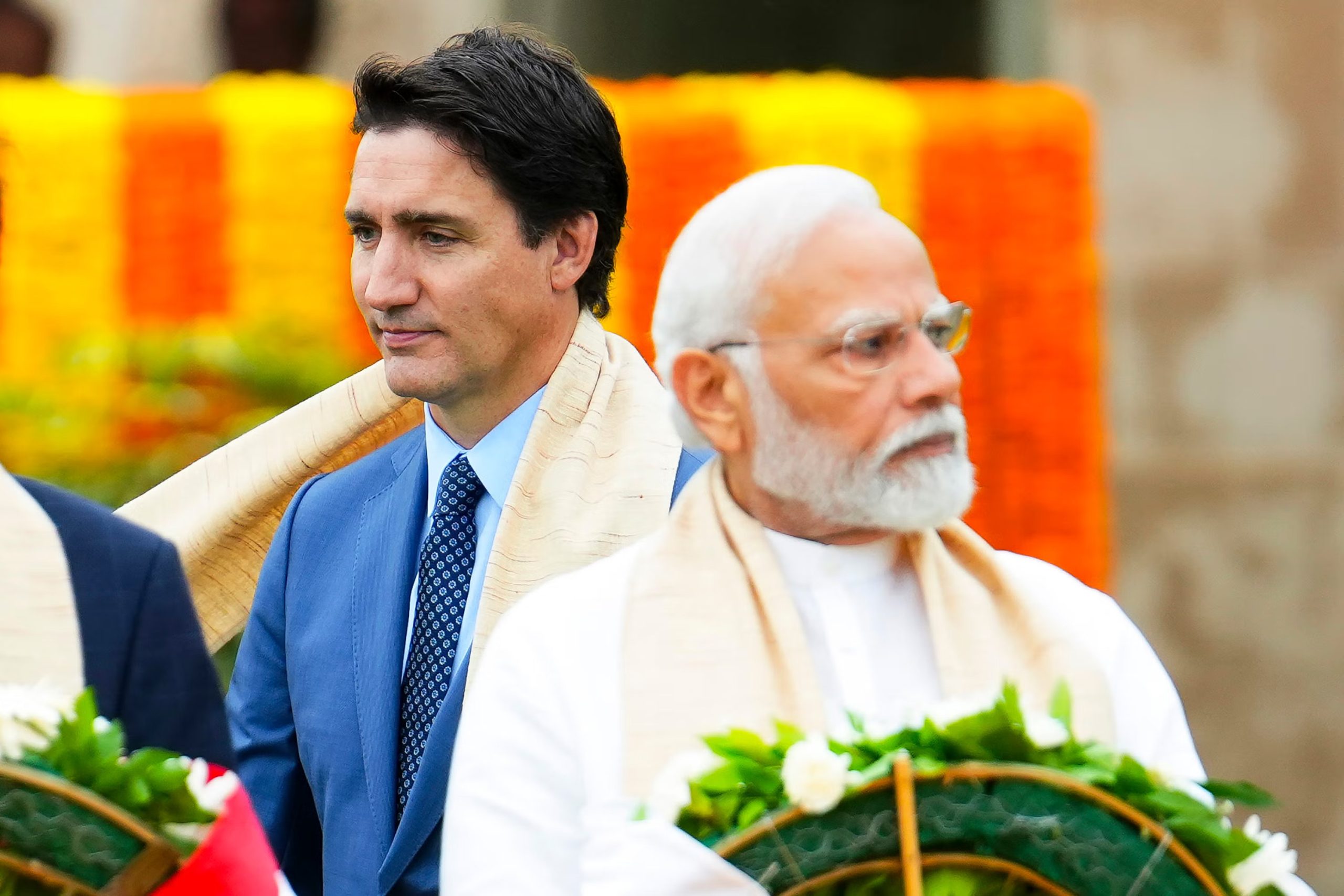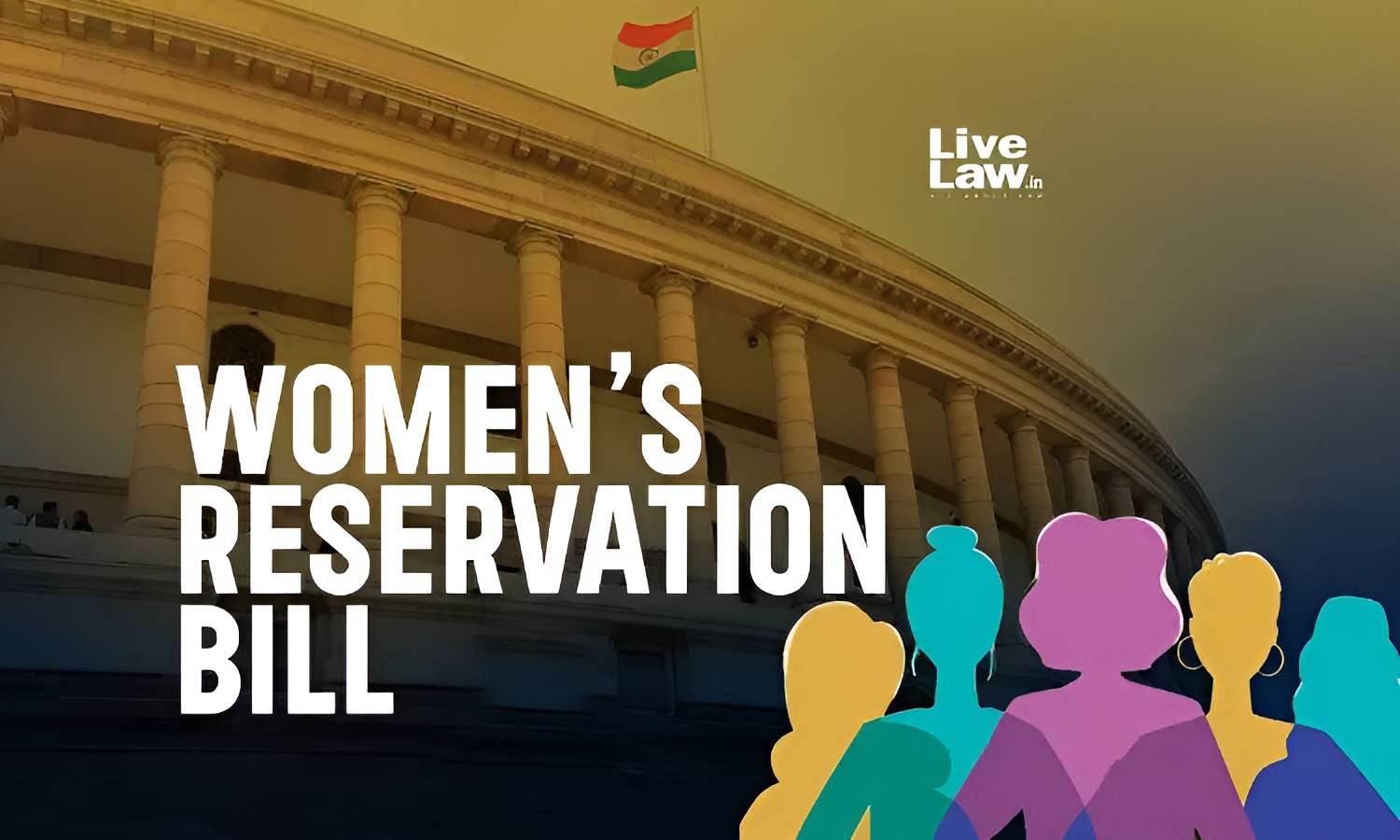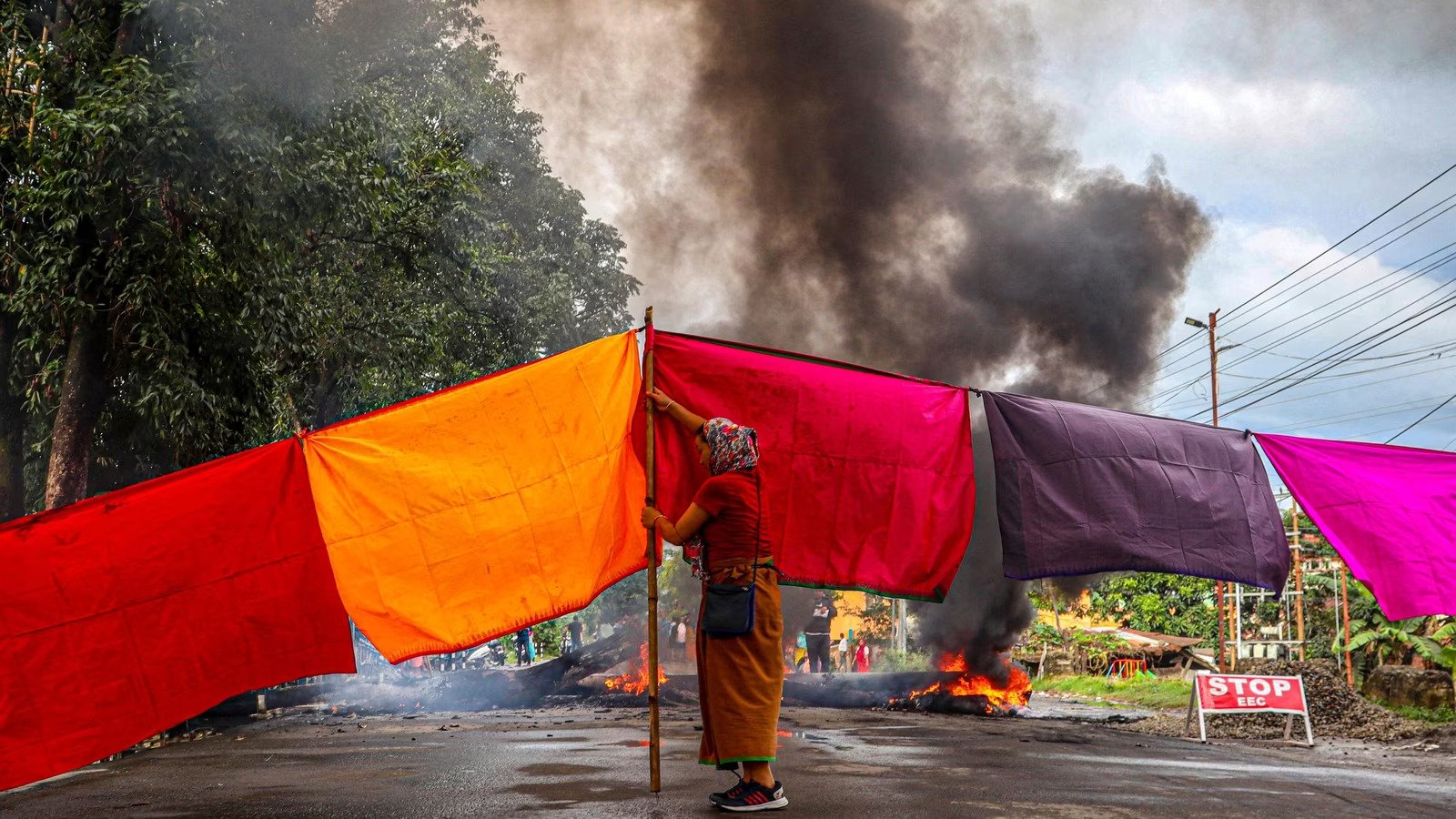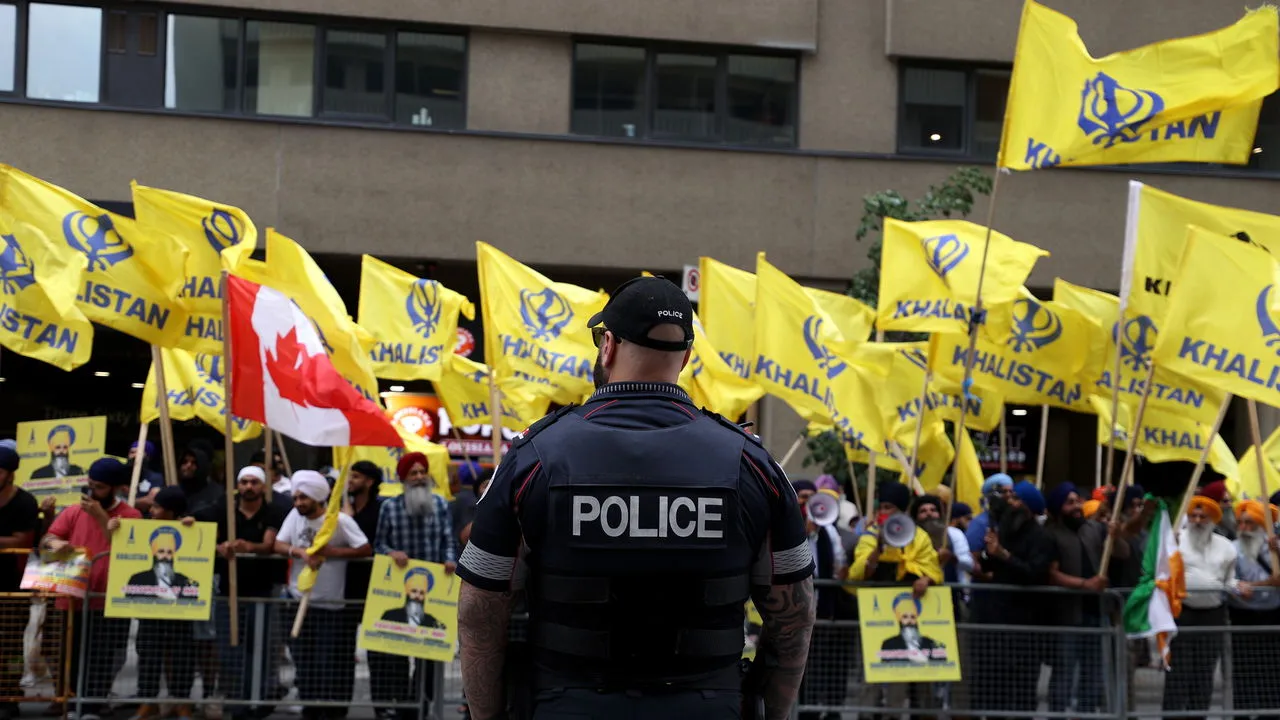Agriculture has long been the foundation of the economy and a source of livelihood for millions in India, the largest democracy in the world. It should come as no surprise that farmer welfare has been a major concern for many years. The Modi administration set a grandiose aim of tripling farmers’ income by 2022, but as the deadline approaches, it appears to be a story of false promises, misinformation, and propaganda.
It was a positive thought to think that farmers’ incomes may double, especially in a nation where farmer suicides and agricultural misery have been pervasive problems. This pledge was a key component of Narendra Modi’s platform when he took office in 2014. However, as the years went by, it became more and more obvious that this pledge was nothing more than a catchphrase for politics.
With the alluring promise that their output will be purchased at a Minimum Support Price (MSP) of at least 1.5 times the total cost of production using the C2+50% formula, Narendra Modi and the Bharatiya Janata Party wooed farmers in 2014. The constant repetition of the promise had, in large part, inspired hope and influenced rural people in numerous states to choose the BJP. High hopes were dashed, however, when the Union Government led by Narendra Modi filed an affidavit with the Supreme Court stating that it would be impossible to calculate the MSP in accordance with its pledge as such an increase would distort the market.
Prime Minister Narendra Modi once again pledged to “double farmers’ income” (DFI) by 2022 as India celebrates 75 years of independence on February 28, 2016, the eve of the Union Budget. Amit Shah, the then-BJP president, made the bold claim that, within three years of coming to power, the 2014 poll promise was nearly fulfilled and that the MSP was 43% more than the cost of production if the cost of land is excluded from the price calculation in May 2017, at the height of protests demanding implementation of the promise of MSP at C2+50%. Additionally, he claimed that it was impossible to adopt MSP while accounting for the cost of the land.
On April 13, 2016, the Ashok Dalwai Committee on DFI was established. The Committee chose 2016–17 to 2022–23 as the time period for attaining the goal, with 2015–16 as the starting point. The average annual income of the farmer at the national level in 2015–16 was estimated to be Rs 96,703 (or around Rs 8,058 per month for a farm household) by extrapolating from the 2012–2013 NSSO estimates. According to the Committee, the targeted farmers’ income at the national level for 2022–2023 was to be Rs. 2,71,378 (at current exchange rates), or Rs. 22,610 a month. The Committee noted in its report that a farm income growth rate of 10.4% per year was necessary to meet this goal.
The group, however, did not offer a clear plan for assisting farmers with technology or finances in order to increase yields and earnings. The massive report, which took up 14 volumes, said nothing about the measures that must be implemented to guarantee that farmers are paid C2+50% for their produce.
In response to a letter from Sharad Marathe, an NRI businessman with no known background in agriculture who submitted a concept note titled “Doubling of Farmers’ Incomes Through Market-Driven, Agri-Linked Made in India,” the Niti Ayog established a separate Special Task Force on DFI in January 2018. Although the task force’s final report—also headed by Ashok Dalwai—is not yet available, it is known that the group only spoke with a small number of private businesses in an apparent effort to identify the steps the government should take to advance private sector interests in agriculture and related economic activities.
According to the 77th round of the Situation Assessment Survey of Agricultural Households, which was published in 2021, the estimated nominal monthly income of farm households in 2018–19 was only Rs 10,218. This will amount to roughly Rs 1,22,616 each year, which, while being halfway toward the DFI deadline of 2022, is well short of the desired income of Rs 2,71,378 at current rates, or Rs 22,610 per month.
A fig leaf then materialized in the form of a study from the Economic Research Department (ERD) of the State Bank of India. It loudly announced that farmers’ income doubled in FY22 as compared to FY18 for some crops in some states (like soyabean and sugarcane in Maharashtra), claiming to have used “a well-spread, well-represented, and probabilistic sample to estimate the change in income from FY18 to FY22 for all segments of farmers, large to small to marginal ones” based on primary data of the SBI agricultural portfolio across states and “granular data of various crops from agri-intensive.
As a result of deregulation, which has given businesses free reign to set prices without any oversight, farmers are locked in a vicious cycle of low, unjust pricing for their produce and steadily rising input costs. The MSP rise is frequently used as an excuse to raise costs for consumers while doing little to halt profiteering at the expense of farmers and customers. Even the Dalwai Committee agreed that better agronomic methods, high-yielding cultivars, and lower production costs through the provision of high-quality inputs at reasonable prices were necessary to increase output. However, it appears that multinational businesses, global monopolies, agencies, and people who support the interests of predatory agribusinesses are behind the entire initiative.
The current administration has refused to accept responsibility, develop a plan for public provision of these essential services or support, or allocate funds to satisfy this obligation. The support of farmers and agriculture is a strategic concern for the nation’s food security, yet this is not even included in the policies.
The BJP government is headed in the direction of intentionally causing losses to farmers in order to make them impoverished and destitute and evict them from their land. It also helps corporate companies achieve their goal of maximizing earnings. A strategy to force farmers out of farming includes the three Farm Acts and the revisions to the Electricity Act. Agriculture is no longer economically feasible for farmers due to rising input costs, low yields, and low prices. Although it has been pouring promises and guarantees, farm suffering is getting worse, as evidenced by the over 4 lakh farmer, agricultural worker, and migrant daily wage worker suicides in the past ten years. The BJP administration has only been able to make things worse for farmers. “Modi Ki Guarantee” is for business friends who have increased or even tripled their wealth when farm hardship has been present. It has only planted devastation and death in the lives of farmers.
The noble goal of doubling farmers’ income appealed to the hopes of millions of farmers throughout India. It is now clear that this promise has been abandoned in favor of meaningless platitudes, dishonest practices, and a propaganda apparatus that aims to manipulate public perception.
The Farm Bills must be repealed, and farmers must be guaranteed a minimum support price for their products, according to their ongoing demands. The Modi administration should have a sincere conversation with the farmer community and solve their issues rather than disregarding these protests. India can only make such efforts if it is sincere about working to improve the lives of its farmers and keeping the commitment it made to them.
